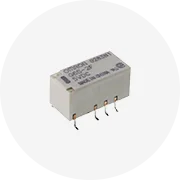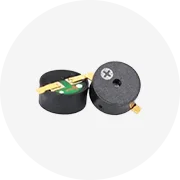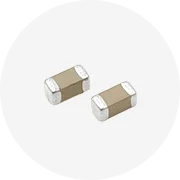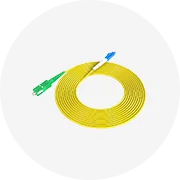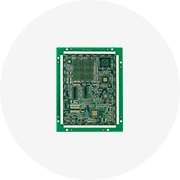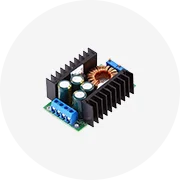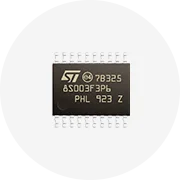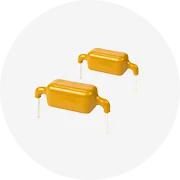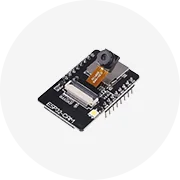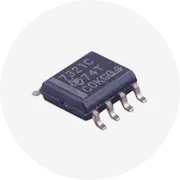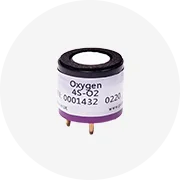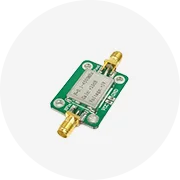Encoder 10000
(1002 products available)






High quality CALT 10000 ppr 10000 PPR rotary incremental encoder






industry level 10000 ppr rotary encoder Anti-interference 6mm shaft type high resolution incremental rotary encoder



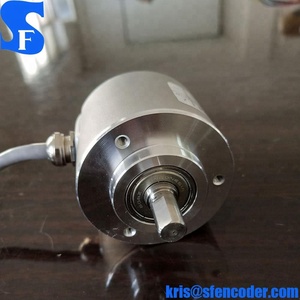


PIE5008-10000-GM10-30F Hengstler High Pulse 10000ppr Rotary Encoder






K48 Mini Rotary Encoders Up to 10000PPR Encoder Rotary Absolute Rotary Encoder






incremental hollow high resolution rotary encoder 10000 ppr for elevator spare parts

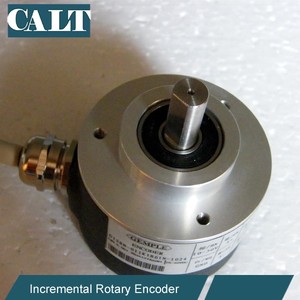
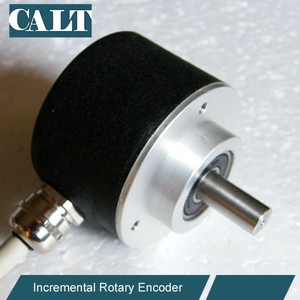
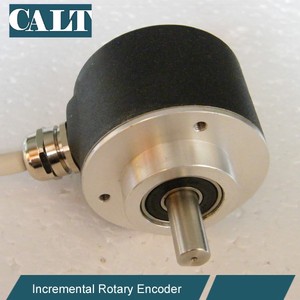

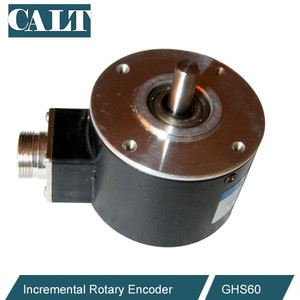






Brand New Original Autonics Encoder E100H35-10000-3-N-24 Rotary Encoder High Quality Sensor In Stock
Popular in your industry



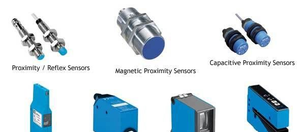
New arrival Original M12 Connector Shaft diameter 10 mm Resolution 1 to 10000 Incremental encoder RVP510
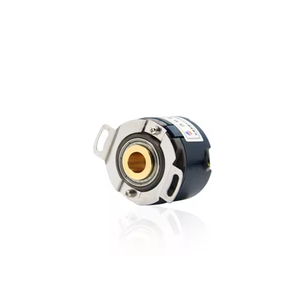

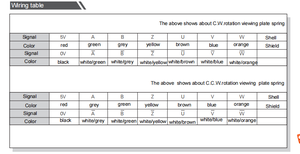


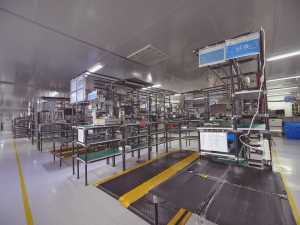
ZKD-86 for servo motor incremental hollow shaft encoder


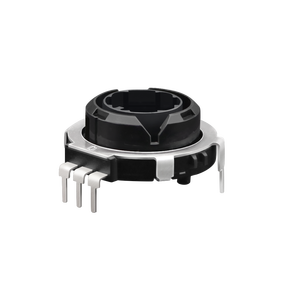
Soundwell EC25 25mm Audio Rotary Encoder Hollow Shaft Incremental Encoder with 10000 Rotational Life






New Arrival Original IFM M12 Connector Shaft Diameter 10 Mm Resolution 1 To 10000 Incremental Encoder RVP510




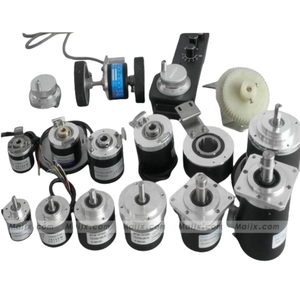

Industry level 10000 ppr rotary encoder Anti-interference 6mm shaft type incremental rotary encoder 10000 pulse


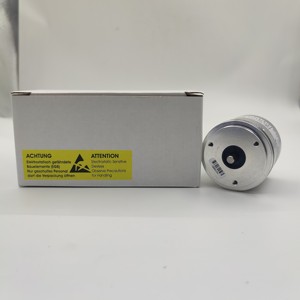



RI58-O/10000AS.71RC HENGSTLER Solid shaft rotary encoder New original genuine goods are available from stock





Incremental Rotary Encode GHS58-10G10000BMK526 10000 ppr encoder push pull output rotary encoder optical



New arrival Original IFM M12 Connector Shaft diameter 10 mm Resolution 1 to 10000 Incremental encoder RVP510

industry level 10000 ppr rotary encoder Anti-interference 6mm shaft type incremental rotary encoder 10000 pulse






Professional manufacturers custom-developed high stability metal handle contact absolute value encoder



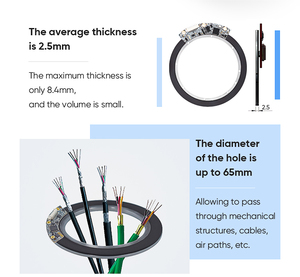

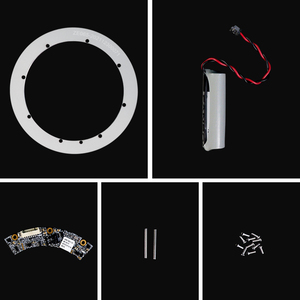
High Resolution Absolute Encoders Stepper Motor with Absolute Rotary Encoder
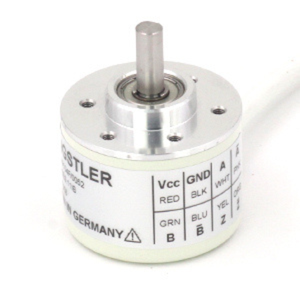
HENGSTLER Hensler EI40/0600ES.11CB Incremental Shaft Encoder New Original Genuine Goods in Stock






Brand New Optical Encoder EC40B6-P4IR-400 L5PR-2500 Shaft for Switzerland YIKE Incremental Encoder






Push pull switch 20bit optical wheel china magnetic rotary encoder rotary encoder high resolution 23 bits rotary encoder






rotary encoder embroidery machine industrial rugged incremental optical encoder hollow half shaft encoder






Free samples hot sales Bourns PEC12R RE130F EC12 Custom 12 pulse 24 pulse 12mm rotary encoder with push switch






SICK AFS60I-S4AC016384 1116084 Absolute encoders AFS/AFM60 Original packaging




SM-6E Servo Driver Encoder Plug 1394 Female 54280-0609 Connector 6 Cores






EC11 SMD Magnetic Incremental Encoder High Temperature Resistant Rotary Encoder Switch Alternative for Reflow Soldering ALPS





REPGN K3808 high precision shaft encoder high resolution 10000 ppr blind hole disk encoder






HENGXIANG K50 hollow shaft rotary encoder 10000 ppr high resolution rotary encoder






optical rotary encoder 2048 resolution up to 10000/16 external speed sensor shaft up to 24mm Hollow shaft encoder




CALT GHH100-30J10000BMC526 30mm hollow shaft high resolution 10000 Pulse Rotary Encoder






10000 step rotary shaft encoders factory in China euchner encoder alternative
Top categories
About encoder 10000
Types of 10000 encoders
Incremental Encoder
Specifically designed to detect motion changes, an incremental encoder 10,000 generates pulse signals that provide orientation and distance feedback. Commonly applied in position and speed sensors, it is pivotal in operations, especially in robotic and conveyor frameworks, where precise motion and positioning are significant. Due to its signal clarity and straightforward construction, the incremental variant nicely fits applications needing periodic measurements.
Rotary Encoder
A rotary encoder is an electromechanical tool that recognizes the angle of rotation. When outfitted with a 10,000 counts-per-revolution resolution, this type of encoder ensures exceptional accuracy in rotational operations. Industries like aerospace, machinery, and robotics depend on encoders for precise motor control and angular position detection. The higher the counts, the more microscopic the motion measurement becomes, amplifying the device's efficiency and exactness.
Linear Encoder
Linearly functioning encoders measure the alignment of a moving element. If fitted with a 10,000 resolution increment, it would measure 10,000 very fine increments of movement. Predominantly used in machine tools, printing devices, and measuring machines, linear encoders are essential for the precise appraisal of linear motion. Their resolution is vital in industries where even minute errors can accumulate and greatly affect quality or performance.
Absolute Encoder
This type of encoder bestows a unique position value even in power loss. The operation of the absolute rotary encoder is different from incremental encoders, as it always informs the current position without needing periodic signals. A 10,000 absolute encoder offers high resolution and precise position feedback in advanced machinery, robotic systems, and aerospace technologies. This information underlines the critical difference between absolute and incremental encoders regarding data reliability and applications.
Industrial applications of 1000 Encoder
Robotics
All types of encoders, in this case, are vital components for accurately controlling the motion of robotic arms, wheels, and other mechanisms. They deliver essential feedback on position and motion, thus permitting high accuracy in performing tasks such as assembly, welding, and material handling. In the language of resolution, a higher resolution encoder translates into more precise and intricate operations, which is especially important in automation works in delicate industries such as electronics and pharmaceuticals.
Industrial Automation
Automation in industries heavily relies on encoders for the performance of motors and servos concerning the positioned intended by the control system. Such systems employ feedback from encoders to adjust and maintain processes within the desired limits. Encoders of high resolution are especially valuable in tasks requiring great precision, such as control of valve, pump speed, and position of movable equipment involved in critical processes like chemical production, oil and gas refining, and mining.
CNC Machines
For Computer Numerical Control (CNC) machining, encoders are used to improve accuracy and repeatability in cutting, drilling, and other machining activities. These encoders ensure that the machines move to the exact locations needed to produce the designed part's shape and form. This is crucial in sectors such as aerospace, automotive, and defense, where precision can be a matter of safety and performance. High-resolution encoders mean better surface finish and dimensional accuracy in the delivered part.
Conveyor Systems
Encoding systems, especially speed and position feedback, are also found in various conveyor systems. This feedback is key when it comes to controlling the movement of packages in warehouses, factories, and distribution centers. With higher resolution encoders, the materials can be moved more efficiently, and any traffic jam or bottlenecks can be eliminated. This, in turn, optimizes the complete supply chain process and minimizes time and cost as well.
Medical Equipment
Precise encoders are used in medical imaging, robotic surgery, and other critical processes. In such cases, the margin for inaccuracy is very minimal, and thus doctors depend on encoders to position or move equipment. Furthermore, due to their resolution, an encoder up to 10,000 counts appears particularly useful in these applications owing to the interventional procedures that demand minute movements to ensure desired outcomes and patient safety.
Replacing and repairing 1000 Encoder
Frequent Inspection
Routine inspections of the encoder can minimize the chances of failure. Thus, be sure to check the motor for dusty debris, the belt for wear, and the connections related to the encoder to be in good condition. Additionally, any unusual noise from the motor should be checked as soon as possible. Any discrepancies with the encoder's output or resolution values should also be rectified early.
Running Tests
When maintenance is being done, the first thing to check is the cabling that relates to the encoder. Measure the resistance of the wire to find the breaks in the internal wire. Then check the connectors for any broken or bent pins. Poles should be checked to ensure there is no degradation, corrosion, or contamination that might impede the signal. The encoder can then be turned physically to notice the counts. In many cases, the count needs to be at least 300. Any count below that indicates a problem with the machine or a problem with the encoder wheel or belt. The machine needs to be checked to confirm the source of the problem. Zoom in and check the encoder wheel and belt for any signs of wear or damage. If there is wear on the teeth or a crack in the wheel, that can cause the count not to be achieved. Inert waste belts can also cause slippage, leading to missed counts. For external encoders, like a linear encoder, check the strip for signs of wear or debris that can cause signal interruptions during movement. Ensure the proximity of the encoder is at least 3 mm close to the magnet so as to not interrupt the signal. Clean the strip with a dampened cloth with isopropyl alcohol to get rid of debris or dust blocking the signal.
Motor Calibration
The encoder and motor should be decoupled before running motor tests to avoid counts and interference with the results. Use a multimeter to test motor windings for continuity and check for a short. The motor was then run for 1 minute, with a 10-second pause after each run to check the temperature. The motor was finally rated, and a change in temperature of over 50°C indicated a problem with the motor.
Parts Replacement
Some encoders are made with parts that can be replaced individually. For instance, the encoder wheels and belts, like in a gearaff encoder and linear encoders, can be removed and replaced independently. Motors driven by brushes may require brushes to be replaced after a specific period of time; other times, maintenance may need to be done. For more machines that use direct coupling, consider replacing the coupling. Take time to replace damaged or worn parts in the motor and encoders. Furthermore, clean and decontaminate the couplings, belt, and motor to promote good performance.
Benefits of a 10000 Encoder
Emphasizing Accuracy
A 10000 encoder is crucial because the greater the resolution, the higher the precision. For operations in which even the slightest errors will count, an encoder of 10,000 resolution will improve accuracy significantly. This can range from positioning in CNC machines to motion feedback in robotic systems. Enhanced accuracy improves end products in precision manufacturing and high-tech mechanics.
Increased Productivity
Where efficiency is essential, a 10,000 encoder can positively impact working conditions. Its higher resolution allows for more precise and rapid adjustments, which enhances the pace of automation processes. This is especially critical for large volume industries like manufacturing, where speed is vital for increased production output. Almost no delay ensures processes are executed within the most minimal time possible, increasing productivity.
Versatility of Application
These encoders are flexible and, as such, can be used in many industries, like medical imaging, aerospace, and robotics. They are applied wherever positioning and speed feedback is important. Therefore, their versatility makes them ideal for various applications ranging from basic machinery to complex high-technology systems. These encoders, where they exist, eliminate the need for different encoders for various operations.
Improved Efficiency
In applications where speed and accuracy should be achieved concurrently, 10,000 encoders come into play. They allow finer control of the machine movement, thereby resulting in a efficient process. In logistics, for example, this leads to better orientation of items on conveyor systems. The speed:accuracy ratio is better, contributing to overall efficiency in areas like automated manufacturing and robotic handling.
Troubleshooting Insights
A 10k encoder will help easily diagnose performance problems. For instance, problems concerning position will be located easily, and if the machine faults, a 10,000 encoder will help facilitate the troubleshooting process. This helps provide more information for more accurate insight into the machine's operational problems. Many industries would prefer such a detailed encoder when conducting preventative maintenance or repairs.
Q&A
Q1. What is the primary function of an electronic encoder?
The encoder's primary function is to convert physical movements into electronic signals.
Q2. How does an encoder differ from a resolver?
While both devices serve similar purposes, encoders output digital signals, and resolvers produce analog signals. An encoder typically offers higher resolution, while a resolver excels in performance under extreme conditions.
Q3. What role does an encoder play in robotics?
In robotics, an encoder provides feedback on the position and movement of robotic arms or wheels, ensuring precise control and enhancing the robot's ability to perform intricate tasks.
Q4. Which type of encoder is most suitable for CNC machines?
Linear and rotary encoders are most suitable for CNC machines. They ensure precise movement and position in cutting and machining operations.


















































